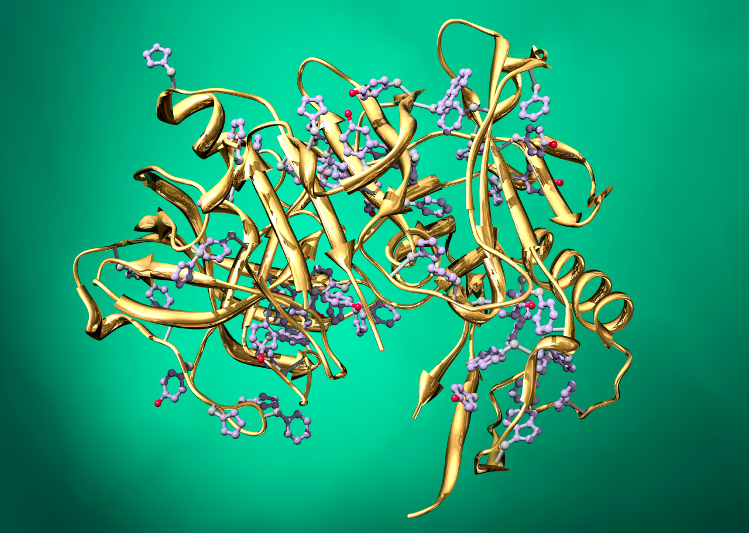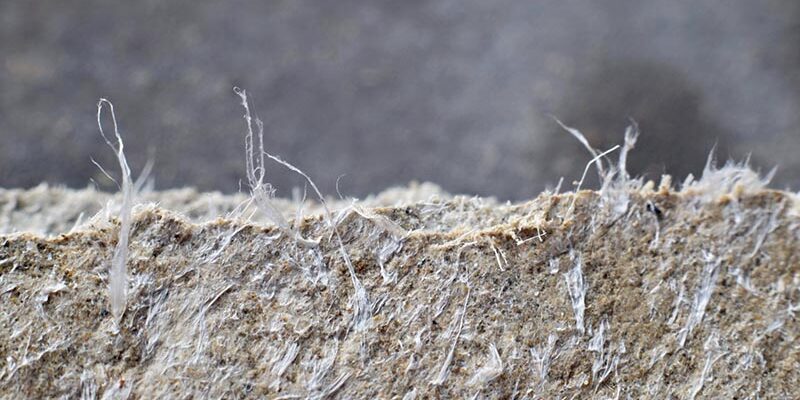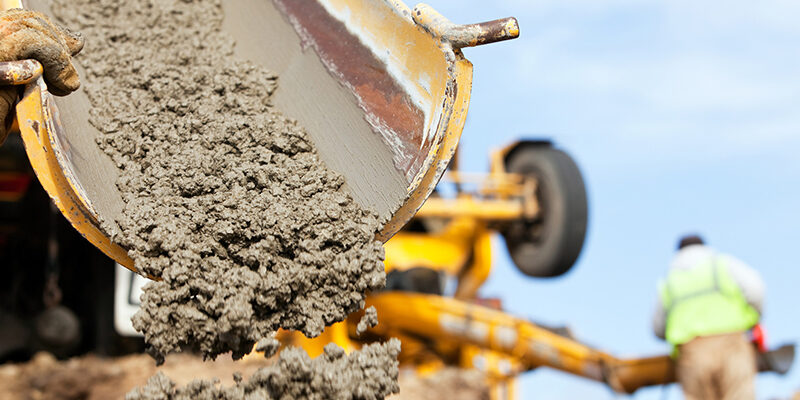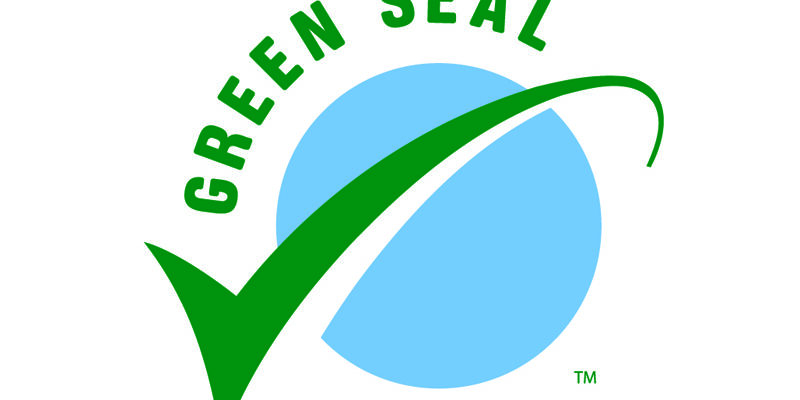Using Enzymes in Cleaning

Cleaning challenges occur every day, and at times traditional detergents are “just not enough” to obtain and produce the best results.
When that occurs, consider the use of enzymes as part of your cleaning arsenal.
Enzymes are used in many cleaning applications, such as removing tough spots, preconditioning traffic lanes and odor control.
Common misconceptions
There are many misconceptions about enzymes.
One is that they are living organisms, such as bacteria. This isn”t true. Enzymes are chemical compounds, or catalysts, that create reactions in other matter and, in the cleaning industry, they break down substances so they can be easily rinsed or removed.
Another misconception is that high heat or extreme cold “kill” enzymes. While most enzymes do have a temperature range in which they are most effective, extreme temperatures will simply “inactivate” the compound to some degree until the desired temperature is reintroduced.
Cleaning applications
Some cleaners use enzyme-based spot removal solutions. They work very well in breaking down spots so they can be easily rinsed from the carpet.
A common enzyme for spot removal is in the classification “proteases”, which targets protein spots like blood and many food-related spots which can be difficult to remove — especially those that have aged. Other classifications include “lipases” — which target oils and greases — and “amylases”, which target starchy material.
Enzymes for spotting are typically in powder form.
Enzymes can also be a blend of different classifications. For instance, when cleaning a greasy restaurant carpet, cleaning technicians may need an enzyme preconditioner that targets both oils and proteins.
When using enzyme-based preconditioners, pay close attention to the temperature range recommended by the manufacturer. Applying the product at the specified temperature ensures better cleaning.
Enzyme preconditioners work fairly quickly, with dwell times often comparable to typical preconditioners. And, just as with typical preconditioners, completely rinse out the product before it dries out.
Also available, although not as common, are enzyme additives that can be added to specific preconditioners. Most enzymes in cleaning, however, are packaged as stand-alone products — either ready-to-use or to be diluted.
Deodorizing
Enzymes used in deodorizing are often different than those used in cleaning.
Some deodorizers do use live bacteria, which then use the organic material in the textile as a food source — creating enzymes — to break down the odor-causing matter enough, hopefully, so that the odor disappears.
When using a product such as this, keeping it wet for a longer period of time is important — often for hours at minimum.
This is a case when using larger amounts of solution is smart. You must “recreate the crime” — in other words, add as much deodorizer as there is contamination present in the carpet and pad.
Although you have tools to use to determine the extent of contamination — such as a black light or moisture detector — it can be an interesting guessing game.
Jeff Cross is the executive editor of Cleanfax and an industry trainer and consultant, and offers carpet cleaning marketing, disaster restoration marketing and contract cleaning marketing seminars and classes through Totally Booked University, and also IICRC technical training for carpet and furniture cleaning, spot and stain removal and carpet color repair. For more information, visit his technical training website and marketing training website.












